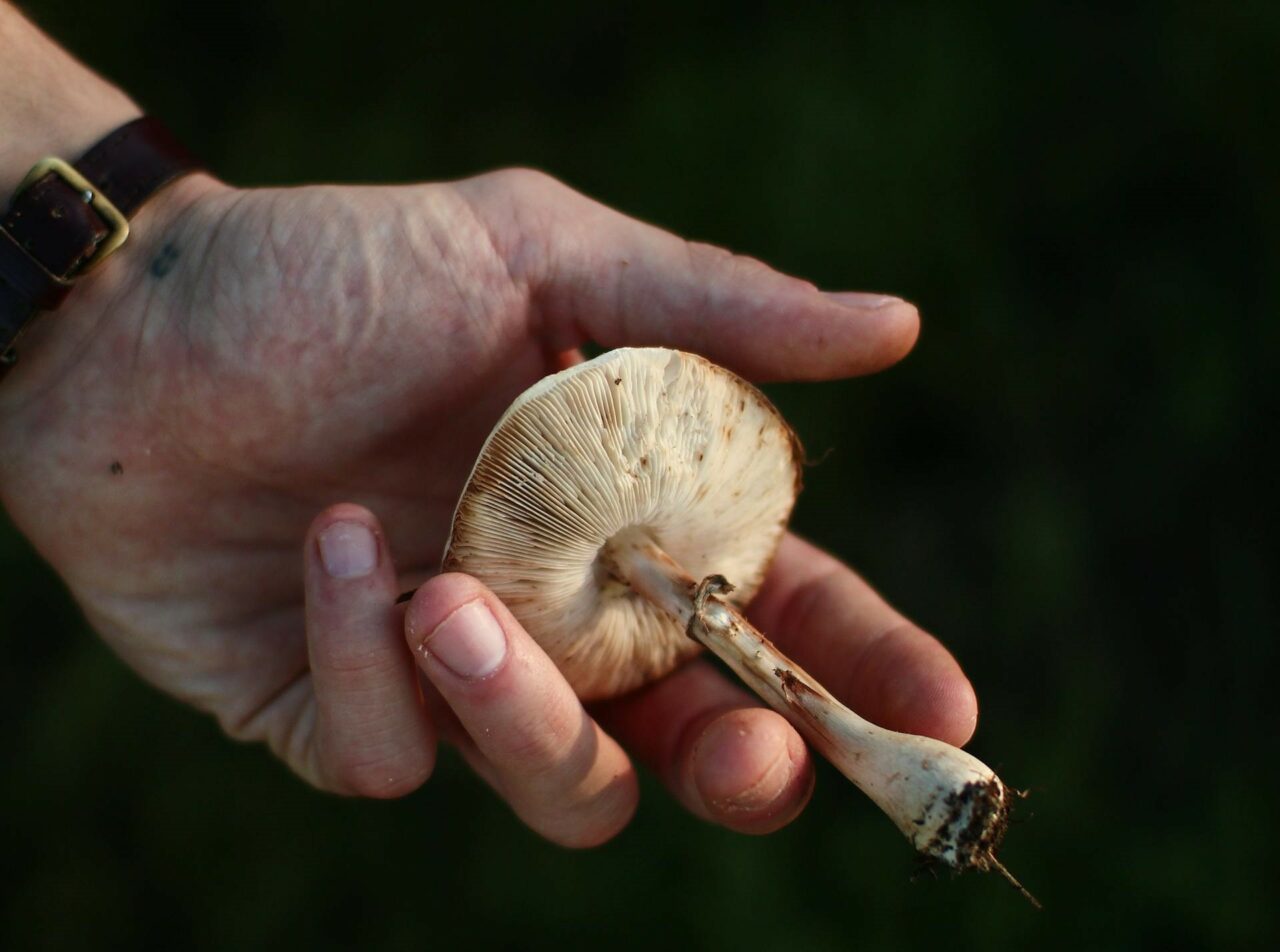Psilocybin mushrooms, akin to LSD in their function as a serotonin 5-HT2A receptor agonist, are a classic psychedelic. Current research is exploring their use in psilocybin-facilitated therapy for mental health issues, encompassing emotional distress linked to major depression, anxiety, cluster headaches, and migraines.
To understand how shrooms can potentially alleviate these conditions, a deep dive into how they are metabolized by the body is essential. Such knowledge empowers researchers and users to grasp how the active compound triggers psychological and therapeutic effects. This article offers a basic understanding of the pharmacology and pharmacokinetics of psilocybin.
[toc]
Key Takeaways:
- When consumed orally, half of the psychedelic fungi are absorbed and dispersed throughout the body.
- The compound in the fungi undergoes dephosphorylation via the alkaline phosphatase enzyme, primarily in the liver.
- Approximately 3.4% of the compound is excreted in its original form within a day, with most of it being eliminated as a stable metabolite.
What Does Pharmacokinetics Mean?
Pharmacokinetics (PK) is the branch of science that studies how substances, such as drugs, are processed by the body once they are ingested. While related, it is distinct from pharmacodynamics, which focuses on how a compound affects your body. PK encompasses four main elements: absorption, distribution, metabolism, and excretion (ADME).
A clear understanding of these processes enables healthcare professionals to prescribe the most effective medications with the least risks. Additionally, it allows them to customize treatments based on each individual’s unique physiology and lifestyle.
How Does Pharmacokinetics Relate to Psilocybin?
The dominant active compounds in certain magic mushroom species, psilocybin and psilocin, have garnered significant attention from both researchers and users. Pharmacokinetics assesses how the body processes mushrooms containing psilocybin, providing insight into their potential effects, be they medicinal or recreational.
These compounds go by several names, including “magic,” “psychedelic,” “medicinal,” or “sacred.” The fungi that contain these compounds are ingested, with The Various mushroom species, their geographical origin, size, the conditions in which they grow and are dried, as well as their age, can all lead to considerable deviations in their concentrations.
These mushrooms naturally occur in the wild, but scientists have also discovered ways to produce them synthetically in a lab. Both the natural and lab-grown versions possess low toxicity levels, although minor side effects like nausea or vomiting can occur.
Despite these physical side effects, the compounds in these mushrooms have demonstrated potential therapeutic advantages due to their safe profile and non-addictive properties. Consequently, researchers are exploring the use of these compounds in psychotherapy, particularly as a treatment for anxiety and depression.
The Four Phases of Pharmacokinetics
Psilocybin, a compound present in these mushrooms, is inactive in its original state and acts as a prodrug, transforming into its active form, psilocin. Enzymes such as alkaline phosphatase facilitate this transformation, allowing psilocin to be absorbed and distributed throughout the body, reaching different tissues. However, following oral administration, psilocybin cannot be detected in the circulatory system, feces, or urine.
Absorption
Absorption is the process by which the compound enters the bloodstream from the site of administration. It affects how quickly and effectively the compound reaches its target, like the plasma. Oral administration is the most common method used. While inhalation has been attempted, it is not as effective as ingestion.
The absorption process also includes the release of the compound from the dosage form during oral intake. Factors such as a delay in the throat or esophagus can affect this, potentially slowing down results or leading to irritation. Once the compound reaches the stomach, the acidic environment may start to break it down before it can enter the bloodstream.
Studies on animals suggest that only around 50% of orally administered psychedelics are absorbed and distributed throughout the body.
Factors Affecting the Absorption Process
Several factors can influence the absorption process, causing variations in the onset, intensity, and duration:
- Stomach Contents: Having a full stomach can slow down the process as it delays the onset of effects. On the other hand, an empty stomach allows for quicker absorption.





